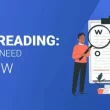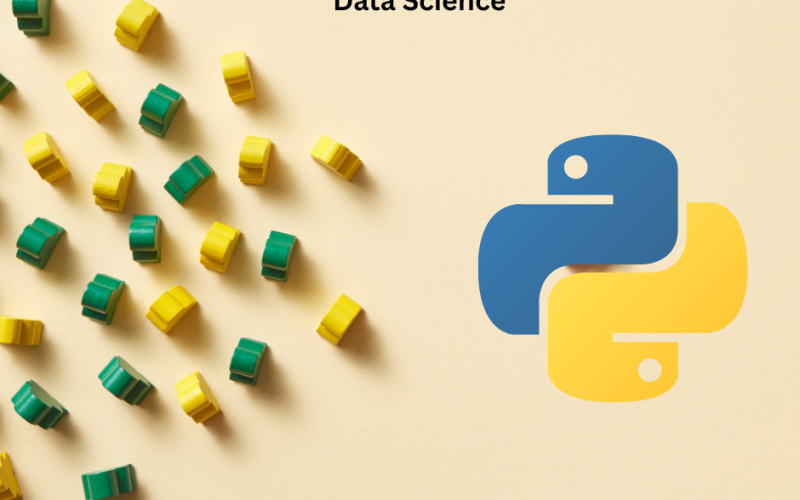In recent years, data science has transformed how businesses, researchers, and industries make decisions. From predicting customer behavior to powering recommendation engines and optimizing logistics, data is at the center of innovation. One of the main reasons data science has become so accessible and powerful is because of Python and its vast ecosystem of libraries.
This article explores the role of Python libraries in modern data science, why they matter, and which ones are essential for data professionals today.
Why Python is Popular in Data Science
Python is one of the most widely used programming languages in the world, especially in the field of data science. Its popularity is driven by a few key reasons:
- Simple and readable syntax that is beginner-friendly
- Extensive community support and open-source contributions
- Huge collection of libraries and tools for data analysis, machine learning, and visualization
- Seamless integration with databases, web applications, and cloud platforms
However, what truly makes Python powerful for data science is not just the language itself, but the specialized libraries that streamline complex tasks.
Key Python Libraries Every Data Scientist Should Know
Python libraries help simplify workflows, increase productivity, and solve real-world problems efficiently. Here are the most important categories and libraries used in modern data science.
1. Data Analysis and Manipulation
Pandas
Pandas is one of the most fundamental libraries in data science. It allows users to load, organize, clean, and analyze data quickly and efficiently. Pandas is perfect for working with tabular data such as spreadsheets, databases, and CSV files.
NumPy
NumPy stands for Numerical Python. It is used for performing mathematical and statistical operations, especially when working with large data sets and numerical values. It provides fast and flexible tools for scientific computing.
Real-world uses:
- Analyzing financial data
- Cleaning and preparing survey data
- Processing numerical datasets in science and engineering
2. Data Visualization
Matplotlib
Matplotlib is the most commonly used library for data visualization in Python. It helps users create a wide range of static, animated, and interactive charts and graphs, making data insights easier to understand and communicate.
Seaborn
Built on top of Matplotlib, Seaborn makes it easier to create visually appealing statistical graphics. It’s great for making comparisons, identifying patterns, and presenting data professionally.
Real-world uses:
- Creating sales performance dashboards
- Visualizing customer behavior trends
- Analyzing social media engagement metrics
3. Machine Learning and Predictive Modeling
Scikit-learn
Scikit-learn is a widely used machine learning library that provides simple and efficient tools for data mining and analysis. It includes algorithms for classification, regression, clustering, and more.
XGBoost and LightGBM
These are advanced libraries designed for building powerful, scalable machine learning models. They are known for their high performance in predictive tasks and are widely used in competitions and production systems.
Real-world uses:
- Predicting customer churn
- Recommending products in e-commerce
- Detecting fraudulent transactions
4. Deep Learning and Neural Networks
TensorFlow
Developed by Google, TensorFlow is an open-source framework that allows users to build and train deep learning models. It supports both beginners and advanced users with flexible tools for model development.
PyTorch
Popular among researchers, PyTorch provides dynamic computation and a more intuitive approach to building neural networks. It is used in academic research as well as real-time applications.
Real-world uses:
- Facial recognition systems
- Natural language processing like chatbots
- Image classification and object detection
5. Data Collection and Web Scraping
BeautifulSoup
This library makes it easy to extract data from websites and online documents. It’s commonly used for scraping content like product reviews, news articles, or public data sets.
Requests
Requests allows users to send HTTP requests and access online data through APIs or websites. It works perfectly with BeautifulSoup for collecting external data.
Real-world uses:
- Building data sets for market research
- Monitoring competitors’ pricing
- Collecting weather or sports statistics
6. Big Data and Cloud Integration
PySpark
PySpark is the Python API for Apache Spark, a big data framework used for processing large-scale data. It is ideal for distributed computing and handling huge volumes of data that don’t fit in memory.
Boto3
Boto3 is Amazon’s SDK for Python. It allows seamless integration with AWS services like S3, EC2, and Lambda, which is important for deploying data science models at scale.
Real-world uses:
- Real-time data pipelines
- Scalable machine learning systems
- Cloud-based data storage and analytics
Conclusion: Python Libraries Power the Future of Data Science
In conclusion, Python libraries form the backbone of modern data science, enabling professionals to handle everything from data cleaning and visualization to complex machine learning and deep learning tasks. Tools like Pandas, NumPy, Matplotlib, Scikit-learn, TensorFlow, and PySpark empower data scientists to derive insights, build predictive models, and create real-world solutions with efficiency and accuracy. For aspiring professionals and working individuals alike, the Best Data Science Training in Noida, Delhi, Lucknow, Pune, and other cities in India provides the knowledge and hands-on experience needed to master these tools. These programs often include practical projects, mentorship, and job assistance, making them ideal for breaking into or advancing in the data science field.












